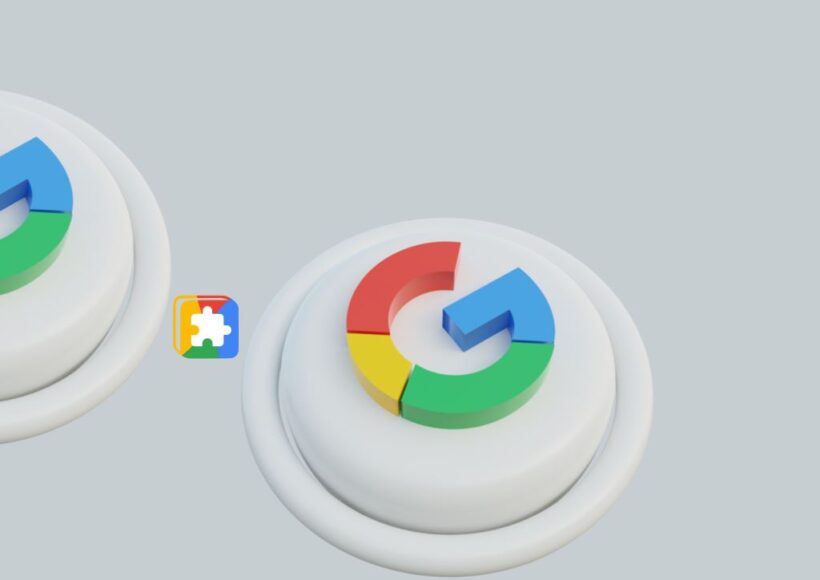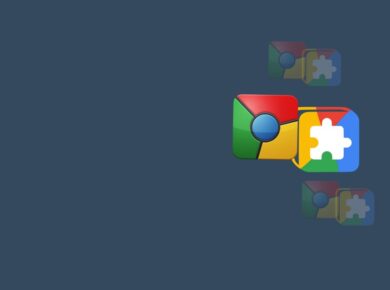User Interface (UI) Design Patterns
User interface (UI) design patterns refer to established solutions and design approaches that address common user interface challenges. These patterns provide proven solutions for tasks such as navigation, data input, and user interactions. UI design patterns promote consistency, usability, and efficiency in the design of browser extensions, making them more intuitive and user-friendly.
Benefits of UI Design Patterns
UI design patterns offer several advantages:
- Consistency: UI design patterns provide a consistent and familiar user experience, reducing the learning curve for users.
- Efficiency: UI patterns streamline user workflows, reducing cognitive load and improving task completion rates.
- Usability: UI patterns are designed to be intuitive and easy to use, enhancing the overall usability of the extension.
- Development Acceleration: UI patterns offer ready-made solutions, accelerating the development process and reducing design complexity.
- Cross-Platform Compatibility: UI patterns are often designed to work across different platforms and devices, ensuring a consistent user experience.
Common UI Design Patterns
There are numerous UI design patterns commonly used in browser extensions:
- Navigation Patterns: Patterns such as top navigation, side navigation, and breadcrumbs help users navigate through the extension’s features and content.
- Input Patterns: Patterns like text fields, checkboxes, and dropdowns facilitate user input and data collection.
- Feedback Patterns: Patterns like notifications, tooltips, and progress bars provide users with feedback and system status information.
- Layout Patterns: Patterns like grids, cards, and lists organize content and functionality in a structured and intuitive manner.
- Interaction Patterns: Patterns like buttons, links, and menus enable users to interact with the extension’s functionality.
Implementing UI Design Patterns
To implement UI design patterns:
- Understand User Needs: Start by understanding the target audience’s goals, tasks, and preferences to select appropriate UI patterns.
- Choose Relevant Patterns: Select UI patterns that align with the user’s tasks and the extension’s functionality.
- Apply UI Pattern Guidelines: Follow established UI pattern guidelines, such as size, spacing, and interaction rules, to ensure a consistent and familiar user experience.
- Test and Iterate: Test the UI patterns with users to gather feedback and make improvements as needed.
Challenges and Considerations
While UI design patterns offer benefits, there are considerations to keep in mind:
- Pattern Overuse: Avoid overusing UI patterns, as too many patterns can make the interface cluttered and confusing.
- Pattern Misapplication: Misapplying UI patterns can lead to an inconsistent or confusing user experience.
- Pattern Flexibility: UI patterns should be flexible, accommodating variations in user needs and extension functionality.
- Localization and Accessibility: Ensure that UI patterns are localized and accessible to users with disabilities, adhering to accessibility standards.
UI design patterns are essential tools for creating intuitive and efficient browser extensions. By leveraging established solutions for navigation, input, feedback, and interaction, developers can streamline the user experience and improve usability. UI patterns promote consistency, efficiency, and cross-platform compatibility.
However, it’s important to consider the potential for pattern overuse, misapplication, and the need for flexibility to accommodate varying user needs and extension functionality.




